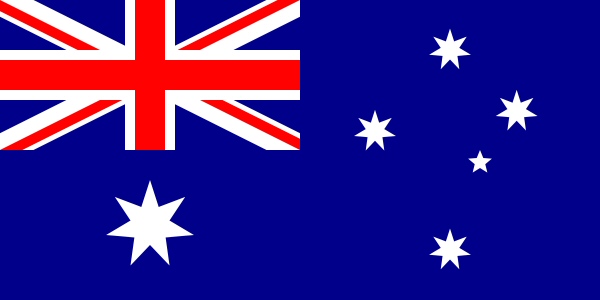
Info from Wiki:
Afternoon tea is a light meal typically eaten between 3.30 pm and 5 pm. Observance of the custom originated amongst the wealthy social classes in England in the 1840s. Anna Maria Russell, Duchess of Bedford, is widely credited as transforming afternoon tea in England into a late-afternoon meal whilst visiting Belvoir Castle. By the end of the nineteenth century, afternoon tea developed to its current form and was observed by both the upper and middle classes. It had become ubiquitous, even in the isolated village in the fictionalised memoir Lark Rise to Candleford, where a cottager lays out what she calls a "visitor's tea" for their landlady: "the table was laid… there were the best tea things with a fat pink rose on the side of each cup; hearts of lettuce, thin bread and butter, and the crisp little cakes that had been baked in readiness that morning."
For the more privileged, afternoon tea was accompanied by delicate savouries (customarily cucumber sandwiches or egg and cress sandwiches), bread and butter, possibly scones (with clotted cream and jam, as for cream tea), and usually cakes and pastries (such as Battenberg cake or Victoria sponge). The sandwiches usually have the crusts removed, and are cut into small segments, either as triangles or fingers (also known as tea sandwiches). Biscuits are not usually served.
Nowadays, a formal afternoon tea is more of a special occasion, taken as a treat in a hotel. The food is often served on a tiered stand; there may be no sandwiches, but bread or scones with butter or margarine and optional jam or other spread, or toast, muffins or crumpets. Afternoon tea as a treat may be supplemented with a glass of Champagne or a similar alcoholic drink.
A less formal establishment is known as a tearoom, similar to a coffee shop. These used to be common in the UK, but these establishments have declined in popularity since World War II. A.B.C. tea shops and Lyons Corner Houses were successful chains of such establishments, and played a role in opening up possibilities for Victorian women. A list of significant tea houses in Britain gives more examples.
The custom of taking afternoon tea with bread or pastry was also common in some continental European areas long before the emergence of the practice in England, though such customs are not widely known in English-speaking countries. For example, Alexandre-Balthazar-Laurent Grimod de La Reynière wrote in 1804 of afternoon tea in Switzerland (quoted here from the second edition, 1805).
Vers les cinq heures du soir, la maîtresse de la maison fait elle-même, au milieu du salon, du thé très-fort, qu’adoucissent à peine quelques gouttes d’une crème onctueuse ; de larges tartines de pain beurré l’accompagnent. Tel est le Thé suisse dans toute sa simplicité. Mais, dans la plupart des maisons opulentes, on y ajoute du café, des pâtisseries légères de toute espèce, et dont plusieurs sont même inconnues à Paris, des fruits confits ou glacés, des macarons, des biscuits, du nougat, et même jusqu’à des glaces.
Towards five o'clock in the evening, the mistress of the house, in the midst of the sitting-room, makes tea herself, very strong and barely sweetened with a few drops of rich cream; generous slices of buttered bread accompany it. Such is the Swiss Tea in all its simplicity. In most opulent houses, however, coffee and light pastries of all kinds are added, many of which are unknown in Paris, preserved or candied fruits, macaroons, biscuits, nougat, and even ices.
A tea party is a social gathering around this meal
Australian and New Zealand usages of the term
In Australia any short break for tea in the afternoon is referred to as "afternoon tea". As a result, the term "high tea" is used to describe the more formal affair that the English would call "afternoon tea". In Australia, the evening meal is still often called tea whereas the midday meal is now commonly called lunch. In rural areas,dinner is still used quite often for the midday meal, tea is at around 6 pm, and supper is either a very late meal at night, or food served at night at a social function, such as the town's annual Christmas dance and supper.
When I visited Australia a couple of times, I remember having tea several times throughout the day. This event will take place at 6:00 pm as stated in the previous paragraph about the Australia usage of the term and go until about 7:00. Since tea time usually consists of some sort of pastry or food as stated about, what better place to meet than at Tim Horton's? So head on over to the following address and claim your souvenir if you have not attended a earlier event.
Tim Hortons
26950 Grand River Ave
Redford, MI 48240
Hope to see anyone there that can make it!